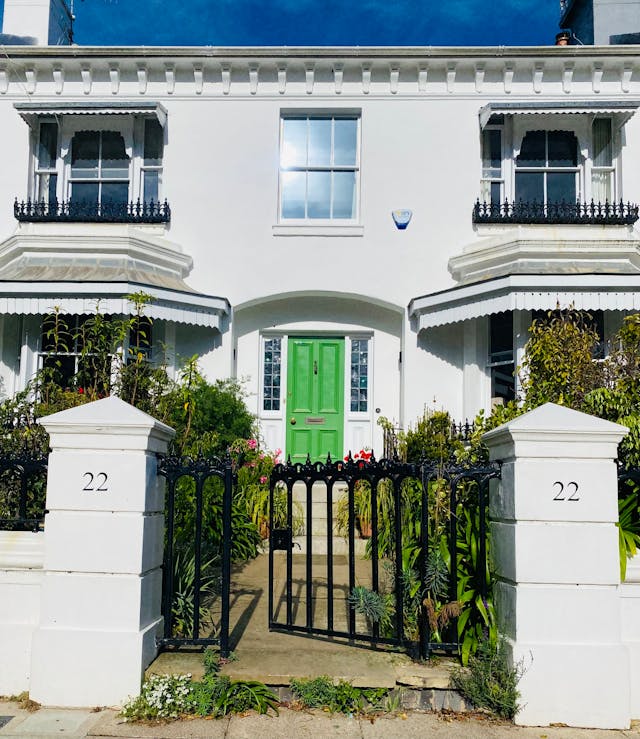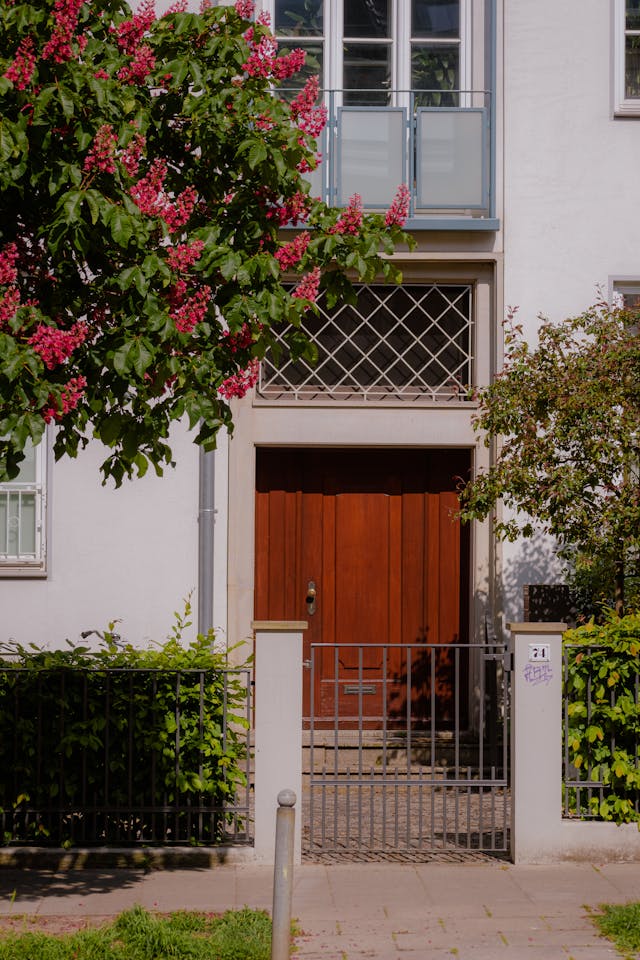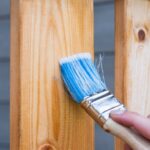Choosing the right gate material can really improve both the look and security of your home. Timber and steel are both common choices, and each has its own special features. Whether you want a cosy, old-fashioned look or a strong, modern feel, knowing about these materials is important for making a good choice. This guide will look at the benefits and drawbacks of timber and steel gates to help you choose the best choice for your needs and style. Let’s explore gate materials!
Things to Think About When Choosing a Gate Material
Choosing the right material for a gate involves a few important factors. First, take a look at the style of your home. Wood gives a cosy, classic feel, while steel provides a smooth, modern appearance.
Next, think about durability and upkeep. Steel gates need less maintenance because they withstand weather and pests well. On the other hand, wood may need regular care to keep it safe from water and bugs.
Security is an important factor. If safety is your main concern, steel might be better than wood because it is stronger and can keep strangers out more effectively.
Cost is also very important. Timber may cost less at first, but it could lead to higher upkeep and replacement costs over time. Steel usually costs more upfront, but it lasts longer and needs little maintenance.
Think about the weather and temperature in your area. Wet conditions can harm wood, but steel can handle extreme weather better. Visit JND Timber and Steel Gates for your requirements today.
Considering all these factors will help you make a smart choice that fits your wants and improves your property’s appeal.

Pros and Cons of Timber Gates
Timber gates add a cosy feel to any house. They look great and add charm and character that metal choices can’t quite match. Timber comes in many styles that can nicely match different building plans.
But they need more upkeep than steel bars. Wood can easily rot, get ruined by pests, and be damaged by weather over time. Regular colouring or painting is important to keep its appearance and make it last longer.
One advantage of wood is that it is usually easier to customise. You can paint or stain it in many colours to match your idea exactly.
On the downside, if you live in a place with severe weather, wood might not be as strong as steel options. The chance of warping or splitting goes up in these situations.
Wood is nice to look at and can be customised, but it requires some thought about maintenance before you decide to use it.

Pros and Cons of Steel Gates
Many property owners prefer steel gates because they are strong and long-lasting. They can handle tough weather, making them a great purchase for the long run.
One drawback of steel gates is that they can rust if they aren’t taken care of. Regularly painting or covering is important to stop rust and damage.
One more benefit of steel is its security features. These gates create a strong barrier against strangers, helping you feel safe.
But they are usually heavier than wood choices. This weight may need stronger hinges and frames for fitting.
Steel designs look trendy, but they might not feel as warm as wood. Some people like the look of wood more than metal finishes.
Cost is important. Steel may have higher upfront prices, but think about how long it lasts and the low upkeep costs when budgeting.









Leave a comment